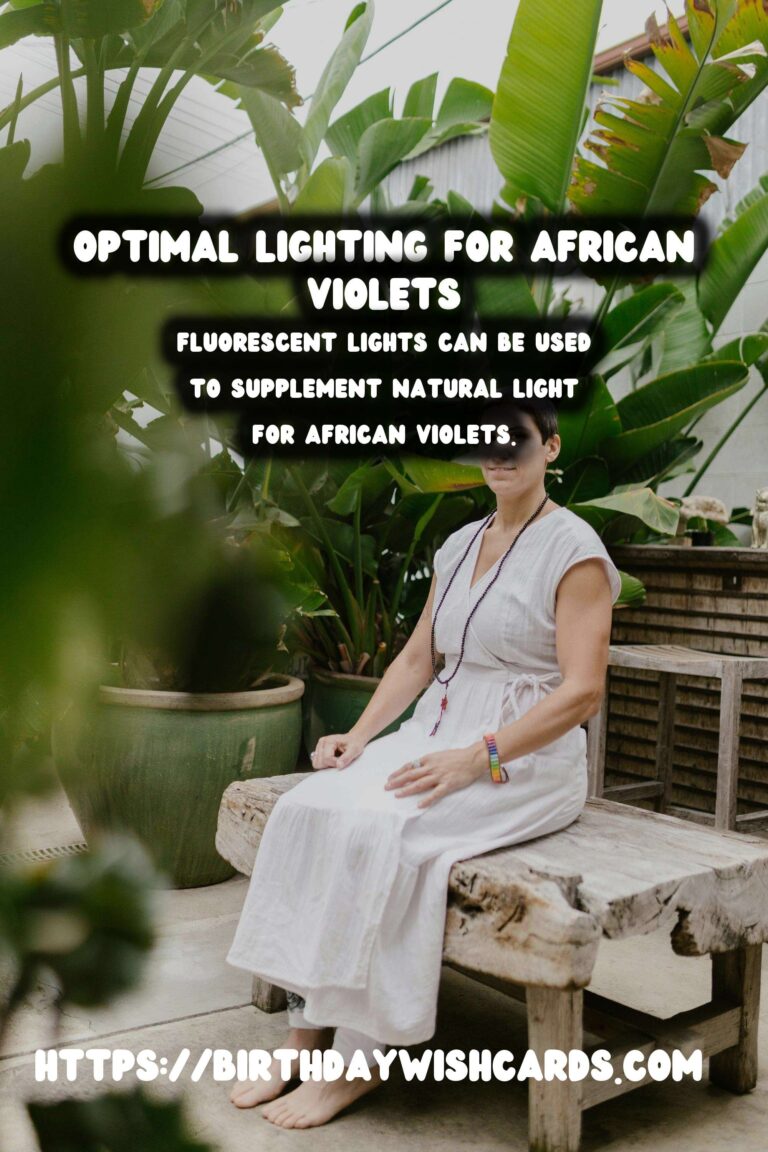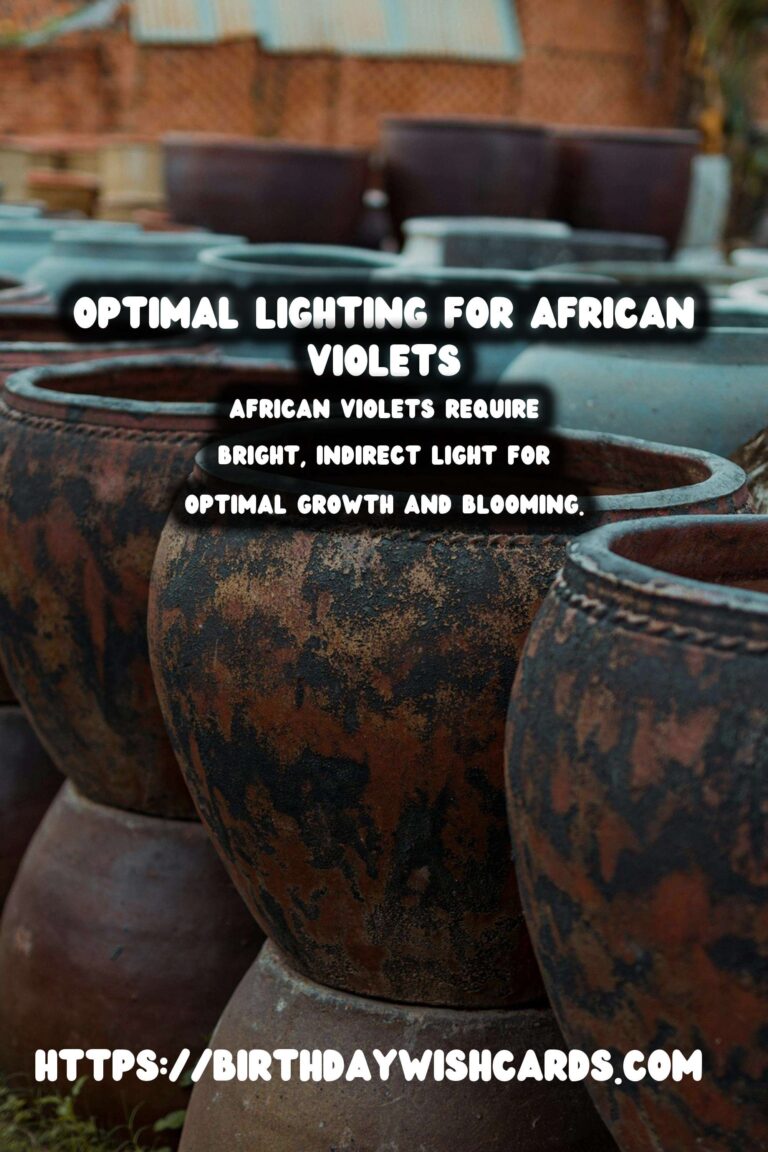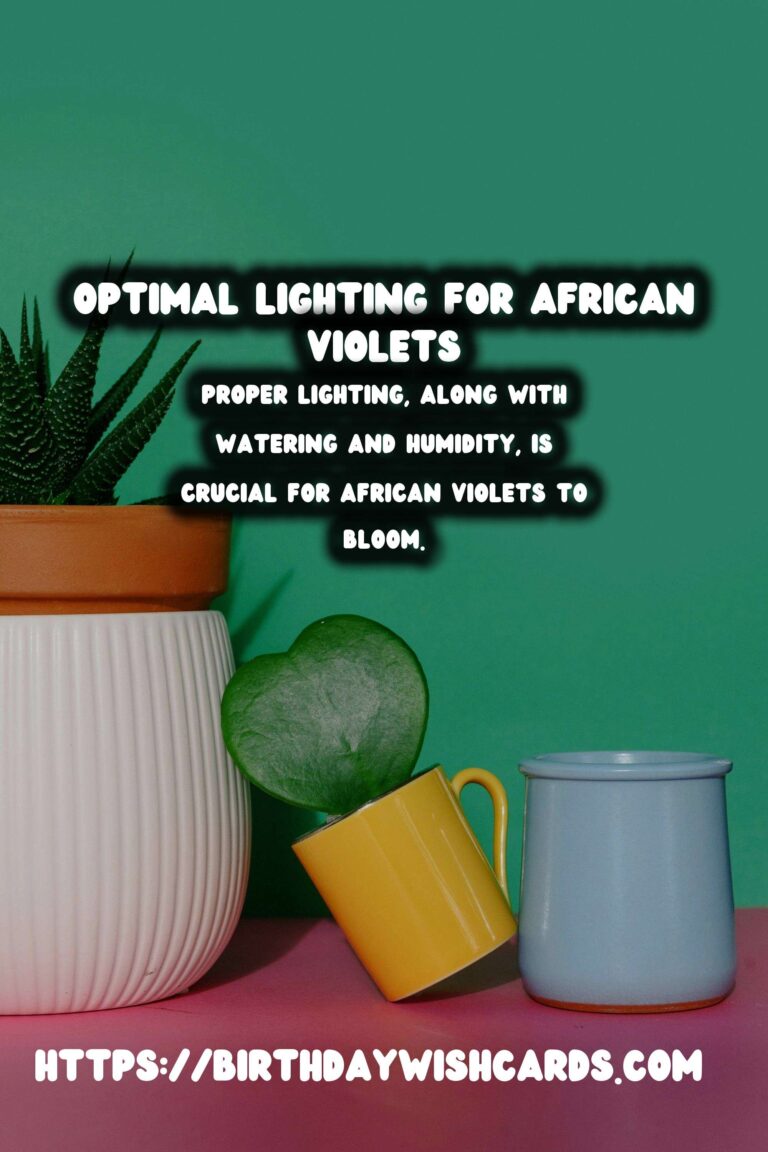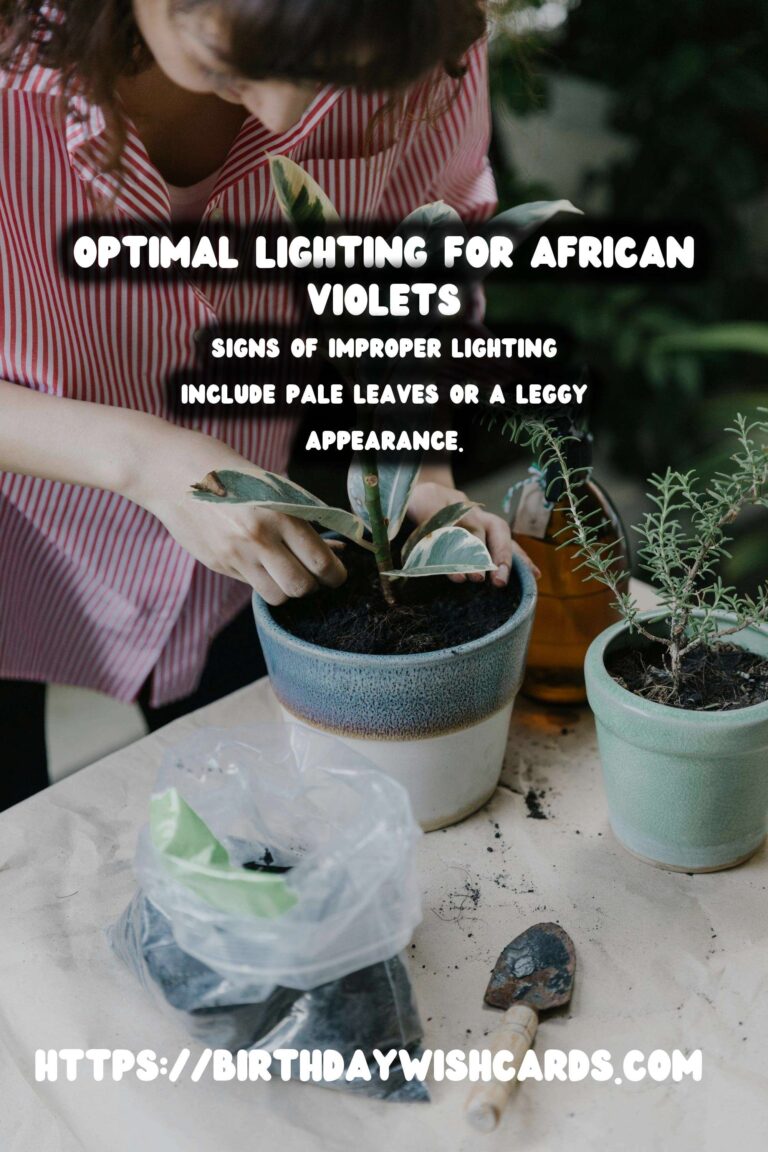
African violets are delicate and beautiful houseplants that require specific care to thrive and produce their iconic blooms. One of the most crucial factors in their care is lighting. Proper lighting can make the difference between a flourishing plant and one that struggles to bloom. In this article, we will explore the importance of light for African violets and provide practical tips on how to ensure your plants receive the optimal lighting they need.
Understanding the Light Needs of African Violets
African violets originate from the tropical regions of East Africa, where they grow under the canopy of trees. This natural habitat provides them with filtered sunlight, which is ideal for their growth. When cultivating African violets indoors, replicating this environment is essential for their health and bloom production.
These plants require bright, indirect light. Direct sunlight can scorch their leaves, while too little light can prevent them from blooming altogether. The key is to find a balance that mimics their natural environment.
Choosing the Right Location
When deciding where to place your African violets, consider the direction of your windows. East or north-facing windows are often ideal, as they provide gentle morning light or moderate all-day light without the harshness of the afternoon sun. If your only option is a south or west-facing window, use sheer curtains to diffuse the light and protect your plants from direct exposure.
Artificial Lighting Options
If natural light is insufficient, artificial lighting is a viable option. Fluorescent lights, especially those designed for plant growth, can provide the necessary light spectrum for African violets. Place the lights approximately 12 to 15 inches above the plants and keep them on for about 12 to 16 hours per day, simulating a natural day-night cycle.
Signs of Improper Lighting
Monitoring your African violets for signs of improper lighting is crucial. If the leaves are pale or yellowing, it might indicate too much light. Conversely, if the plant appears leggy with fewer blooms, it likely needs more light. Adjusting the placement or intensity of light can help rectify these issues.
Additional Tips for Blooming Success
Aside from lighting, several other factors contribute to the successful blooming of African violets. Consistent watering, appropriate humidity levels, and regular feeding with a balanced fertilizer play significant roles. Ensure the soil remains moist but not soggy, and maintain a humidity level of around 50% to 60%.
Finally, be patient. African violets can take time to adjust to new lighting conditions. With careful observation and adjustments, your violets will reward you with beautiful blooms.
In conclusion, understanding and catering to the lighting needs of African violets is essential for their growth and flowering. Whether through natural or artificial means, providing the right light will ensure your plants remain healthy and vibrant.
African violets require bright, indirect light for optimal growth and blooming. East or north-facing windows provide the best natural light conditions for African violets. Fluorescent lights can be used to supplement natural light for African violets. Signs of improper lighting include pale leaves or a leggy appearance. Proper lighting, along with watering and humidity, is crucial for African violets to bloom. 









#AfricanViolets #PlantCare #IndoorPlants #Gardening #Blooming




